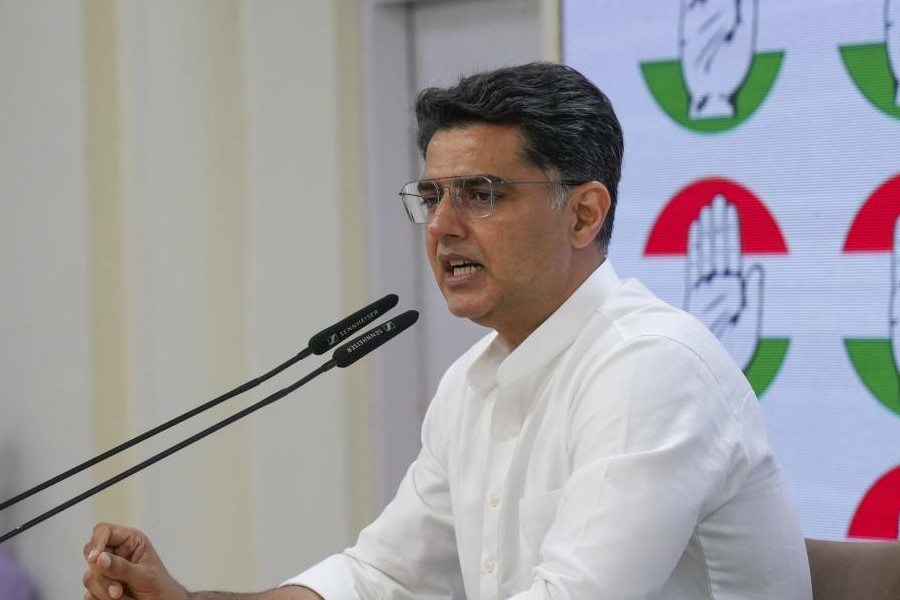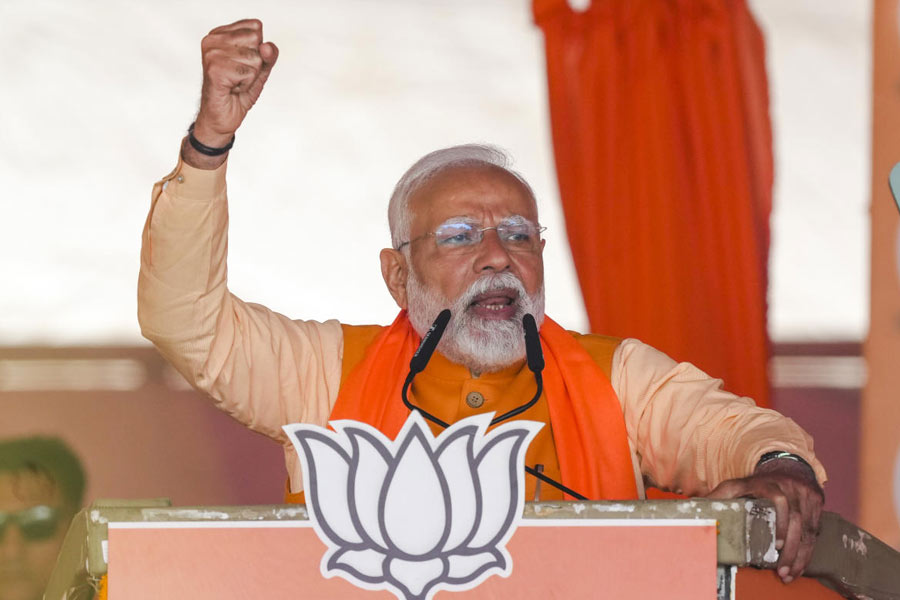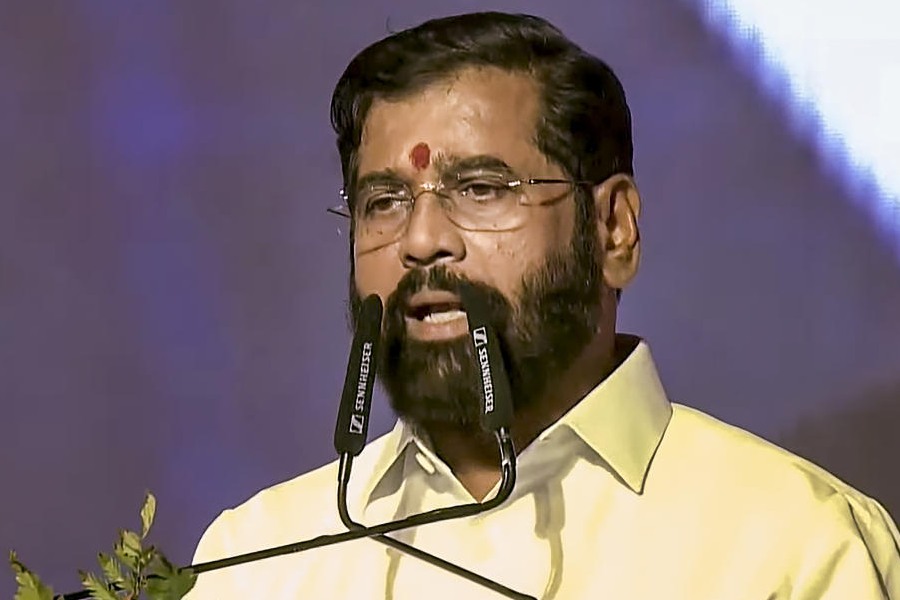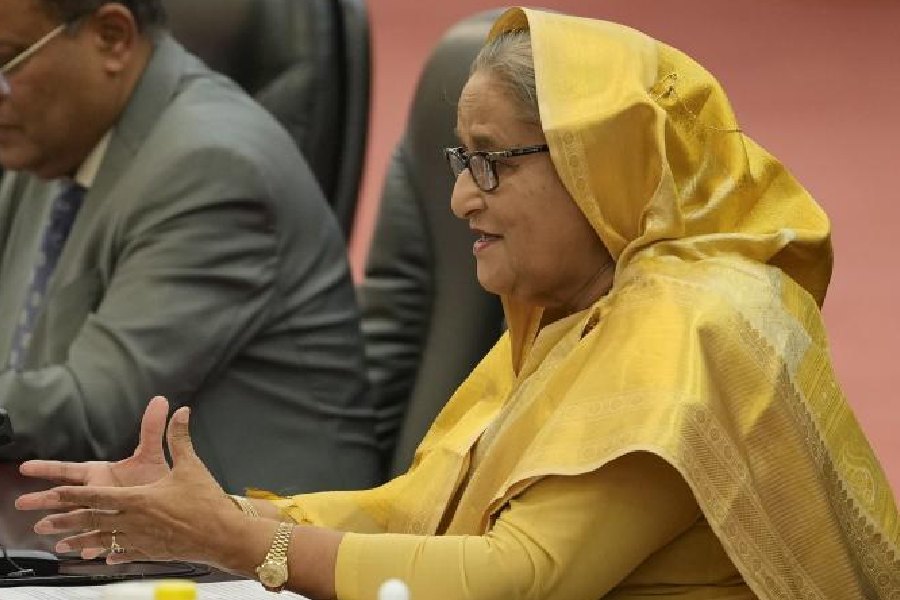 |
Campaign magazine’s Best Poster of the Century was awarded to a long queue of people waiting to collect their unemployment allowance. It was a Conservative Party campaign. The text said “Labour isn’t working”. Enough people in the UK agreed and voted Margaret Thatcher to power.
Organised labour in India isn’t working too. The formal sector is only about 6 per cent of India’s 500 million workers. But the trade unions that represent them have managed to stonewall all attempts to introduce more equitable labour legislation.
In mid-September, all the major trade unions met in Delhi. In a declaration after the conclave, they said that they had decided to oppose the government’s move to liberalise labour laws. Thrown in for good measure was their opposition to economic reforms, opening up the Railways to foreign direct investment (FDI), and the increase in the FDI cap for insurance and defence.
“This government seems to have turned anti-labour. All of us have decided to fight it jointly,” said the Bharatiya Mazdoor Sangh, a union affiliated to the ruling Bharatiya Janata Party. Noted a joint statement: “The convention calls upon all the trade unions and federations to widen and consolidate unity at the grassroots level and prepare for a countrywide united movement to halt and resist the brazen anti-worker and anti-people policies of the government.”
Yet, if you consider 470 million Indian workers who are not part of any trade union movement, it is clearly the established TUs who are “brazen anti-worker and anti-people”.
Meanwhile, the government seems to be braving it out.
'We are amending our labour laws in order to encourage investment, ease of doing business and entrepreneurship,” labour minister Narendra Singh Tomar told a G-20 meeting in Melbourne.
“There is need to change the labour laws in the country and the process has already begun,” textiles minister Santosh Gangwar told a meeting in Delhi.
“A company in India can’t comply with 100 labour laws without breaking 20,” said Hemal Shah, a researcher on labour issues at the American Enterprise Institute in Washington.
Labour market reforms will yield 110 million jobs in 10 years, says Goldman Sachs.
“India’s track record in terms of creating productive jobs has been slow so far,” says a Morgan Stanley report. “One of the key issues stifling productive job growth is labour market regulations.”
Crisil Research has come out with a study titled “What can a pro-jobs policy do for India?” The conclusion: Add a huge number of jobs (see table). Says the report: “We believe the time is ripe for that one big, concerted push towards a pro-jobs policy that, along with other reforms, will ease labour-market rigidities, help build world-class physical infrastructure, and mitigate power shortages. This is an imperative to alter India’s employment profile.”
“This pattern of job creation can have a positive impact on lowering income disparities. A higher proportion of the labour force finding employment in industry and services will mean more inclusive growth. Thus, the government’s focus on effective implementation of pro-jobs policies coupled with education and skill development of youth will mean 10 million less people will be forced into farm employment by fiscal 2020.”
So why are the unions so opposed to labour law reform? First, they are happy as they are holding employers to ransom. There has been some change in their language of gheraos and bandhs, but that is due to court rulings. Second, once ordinary workers discover that “labour isn’t working”, there could be a sea change in the environment. The unions have won support with their hire-and-fire bogey. But employers aren’t monsters. Today, you can’t close down a unit without several permission (that never come). The worst effected person is the employee who has a job, but no work, no future (and perhaps no pay).
As Vidya Mahambare, principal economist at Crisil Research and the author of the report, told The Telegraph: “Labour market reforms are normally taken as synonymous with ease of hiring and firing. However, these reforms also include ensuring workers receive benefits. However, without having the flexibility to reduce workforce during business downturns we won’t get higher employment in the first place.”
 |











